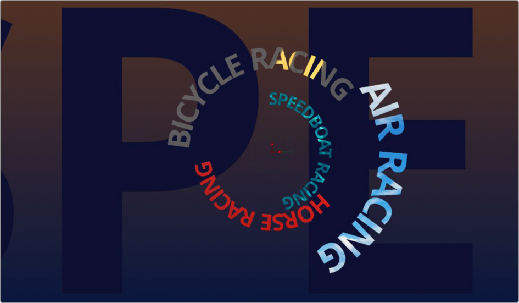< Previous | Contents | Next >
The Fusion Studio Stand-Alone Application
Creating visual effects with the stand-alone Fusion Studio software begins with opening Fusion, creating a new composition, importing some clips via Loader nodes, and building out your composite with effects. Just like the Fusion Page in DaVinci Resolve, you add effects using different nodes from the Effects Library, and you combine multiple layers of imagery using Merge nodes. Once you’ve created the desired result, add a Saver node to the end of the tree of nodes you’ve created to render your final result.
Rendering Out Your Final Result
Unlike the Fusion Page in DaVinci Resolve, which renders directly back into the Edit or Cut page timeline, the final step in Fusion Studio is to render the finished effect to disk as a movie file or image sequence. The last node in every node tree is a Saver node. Saver nodes configure the output file format and render the file to disk. You can use as many Saver nodes in a composite as you need. For instance, you might use multiple Saver nodes to render out intermediate areas of a composite or to output a composite in multiple formats.
What Kinds of Effects Does Fusion Offer?
In addition to the kinds of robust compositing, paint, rotoscoping, and keying effects you’d expect from a fully-featured 2D compositing environment, Fusion offers much more.
3D Compositing
![]()
Fusion has powerful 3D nodes that include extruded 3D text, simple geometry, and the ability to import 3D models. Once you’ve assembled a 3D scene, you can add cameras, lighting, and material shaders, and then render the result with depth-of-field effects and auxiliary channels to integrate with more conventional layers of 2D compositing, for a sophisticated blending of 3D and 2D operations in the very same node tree.

A 3D scene with textured 3D text, created entirely within Fusion
Particles
Fusion also has an extensive set of nodes for creating particle systems that have been used in major motion pictures, with particle generators capable of spawning other generators, 3D particle generation, complex simulation behaviors that interact with 3D objects, and endless options for experimentation and customization. You can create particle system simulations for VFX or more abstract particle effects for motion graphics.

A 3D particle system, also created entirely within Fusion
Text
The Text tools in Fusion are exceptional, giving you layout and animation options in both 2D and 3D. Furthermore, within DaVinci Resolve, these Text tools have been incorporated into the Edit and Cut pages as Fusion Titles. These title templates are compositions saved from Fusion as macros with published controls that are visible in the Edit or Cut page Inspector for easy customization, even if you’re working with people who don’t know Fusion.

![]()
A multi-layered text composite integrating video clips and Fusion-generated elements
And Lots More
The list goes on. With Stereo and VR adjustment nodes, Planar Tracking, Deep Pixel nodes for
re-compositing rendered 3D scenes using Auxiliary Channel data, powerful Masking and Rotoscoping nodes, and Warping effects, Fusion is an impressively featured environment for building worlds, fixing problems, and flying multi-layered motion graphics animations through your programs.